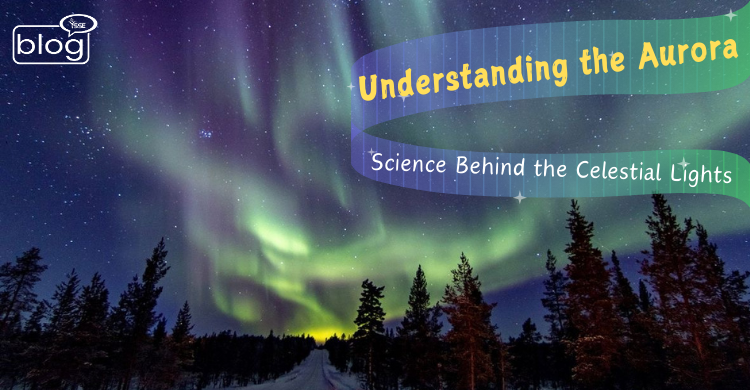For centuries, the aurora has become a source of fascination for many people. These curtains of light are seen in polar areas. They are just nature at its best. But what does it make happen? An analysis of the science behind such an astonishing phenomenon will provide answers.
The Sun Is The Source Of The Aurora:
Aurora has immediate popularity as that great star that houses the whole universe. The solar wind is an immediate, continuous stream of torrential hydrogen ions and electrons ever spewed forth from the vehemently seething surface of this heavenly orb. These are charged particles that rush through the Earth’s environment, consuming the vastness of outer space at high velocities.
The Magnetic Field On Earth Protection:
It has been thought that Earth has a core of molten iron moving to develop a strong magnetic field. Such shielding from this magnetic field would protect against a great majority of charged particles from solar winds. However, some particles guide their way near the poles, the area where the magnetic field lines come together.
The Collision And Then The Light:
This is the point at which all those charged particles from the solar wind come into contact with Earth’s atmosphere and collide with atoms and molecules of oxygen and nitrogen. When this happens, the energy released by these molecules and atoms gets excited and knocked off in light.
Oxygen: Collisions with oxygen atoms typically result in the green to red hues of the aurora.
Nitrogen: Collision with nitrogen molecules and thus the bluish and purplish colors.
Auroras Exist In Different Forms:
Aurora Borealis: This is the specific name that the auroras receive from the Northern Hemisphere.
Aurora Australis: It indicates the auroras in the Southern Hemisphere.
Where To Catch A Glimpse At The Auroras:
The best places for viewing the Norse are those areas close to the Earth’s magnetic poles.
Northern Hemisphere: Iceland, northern Celebes, Sweden, Finland, Alaska, Canada, Greenland.
Southern Hemisphere: Antarctica, New Zealand, Australia (southern parts), South America (southern tip).
The Best Time to Watch the Aurora:
Equinoxes: March and September. During these two times, there is increased solar activity that is likely to have auroral displays.
Solar Maximum: Closely following this, the Sun takes an 11-year activity cycle, during which the solar maximum has the richest solar activity; during this time, the chances of seeing the aurora increase above average.
View the Aurora:
Find a Dark Spot: Light pollution, unfortunately, kills a considerable amount of visibility in the aurora.
Check for Space Weather Forecasts: There is a real-time interactive space weather forecast on websites and apps regarding solar activity and the prediction of auroras.
Dress Warm: Auroral glimpses are usually confined in cold, remote areas.
Patience: Auroral display can be somewhat sporadic in that it can come and quickly disappear.
Beyond the Show:
Besides being a beauty phenomenon, it gives ample information regarding space weather. Space weather physics is studied by scientists to understand the nature of the sun and how it reaches, and how to apply Earth because it may impact satellite communications, power grids, and even human spaceflight.
An aurora is simply an enchanting ballet of colorful lights up in the night sky, a product of the dynamic interactions of the sun and Earth. Having delved into the scientific principles that underlie this phenomenon, one can appreciate such a heavenly marvel with greater depth than before. So, the next time one is privileged to view an aurora, take a moment to relish the cosmic processes that are intricate within them but are beautiful to the eye from the outside.
To read more blogs, click here.
Writer
Mahfuza Amir Ela
Intern, Content Writing Department
YSSE

